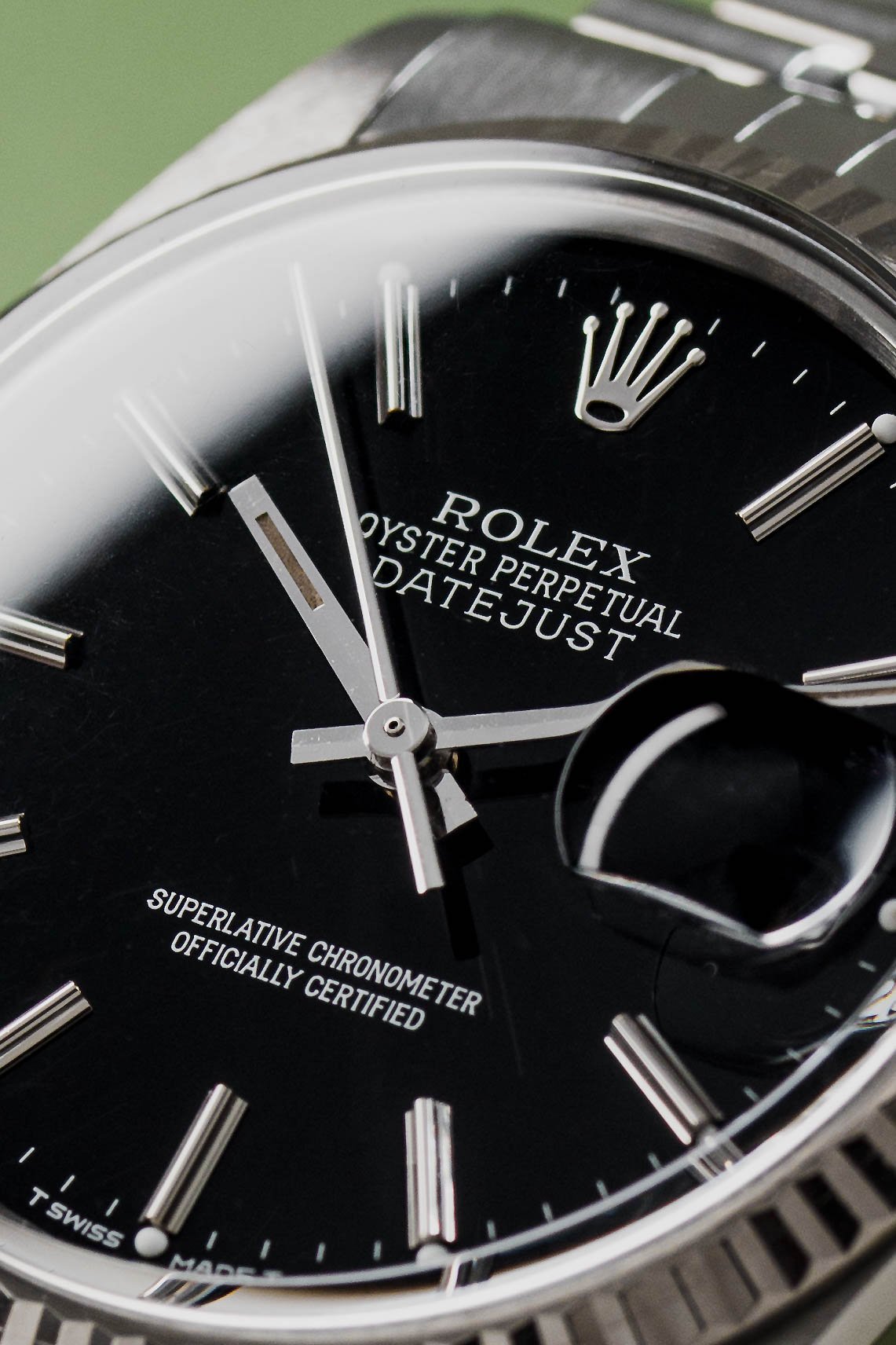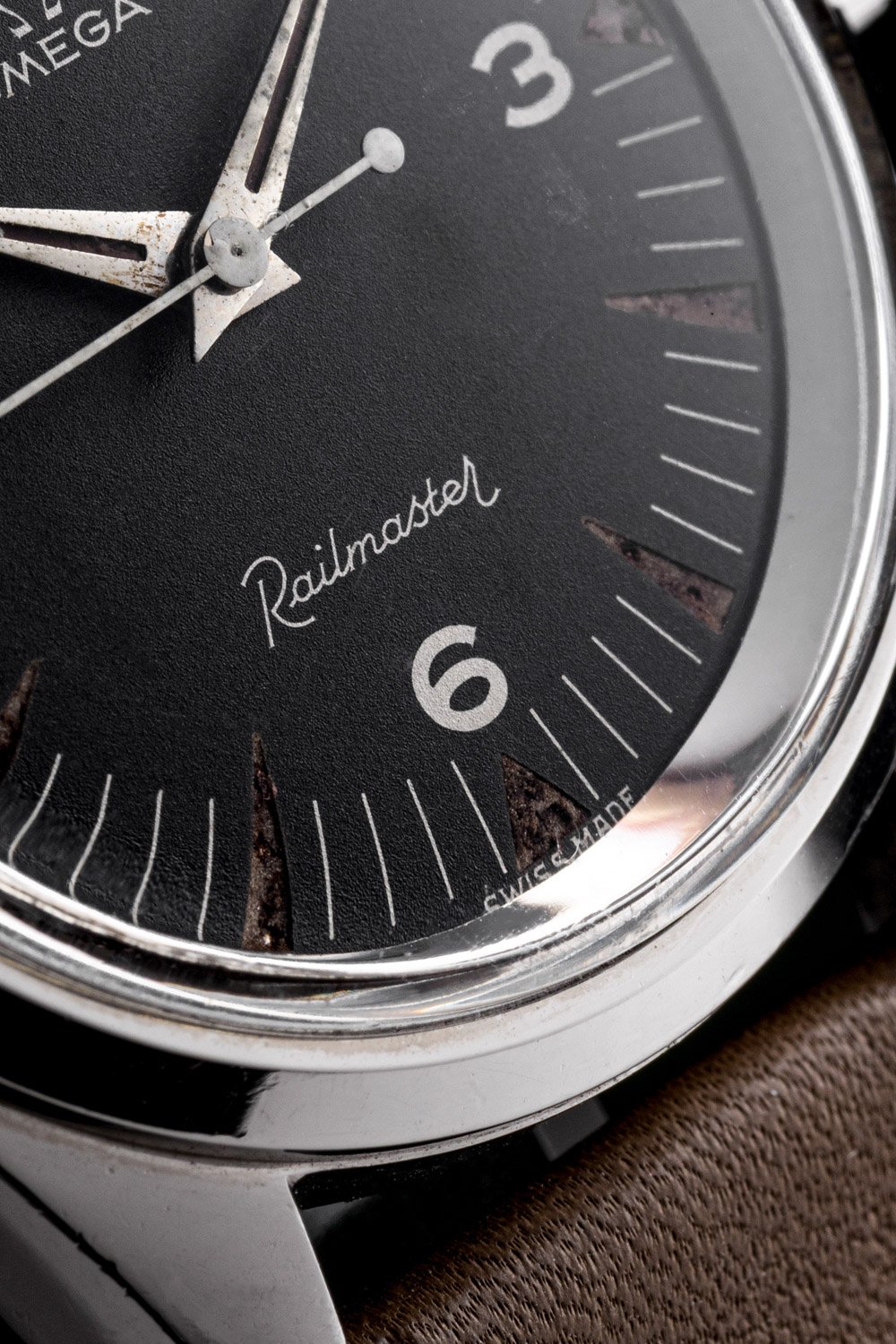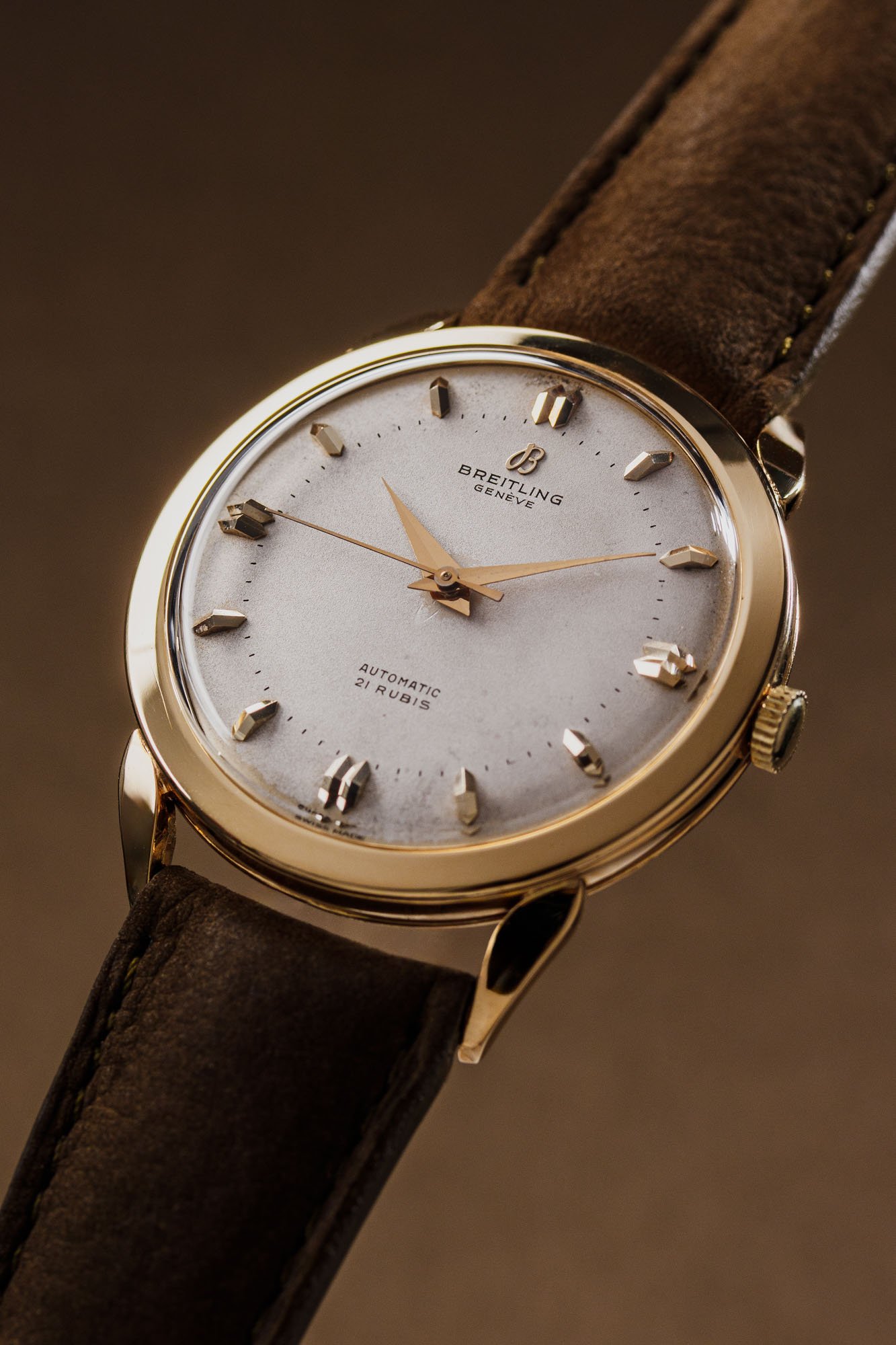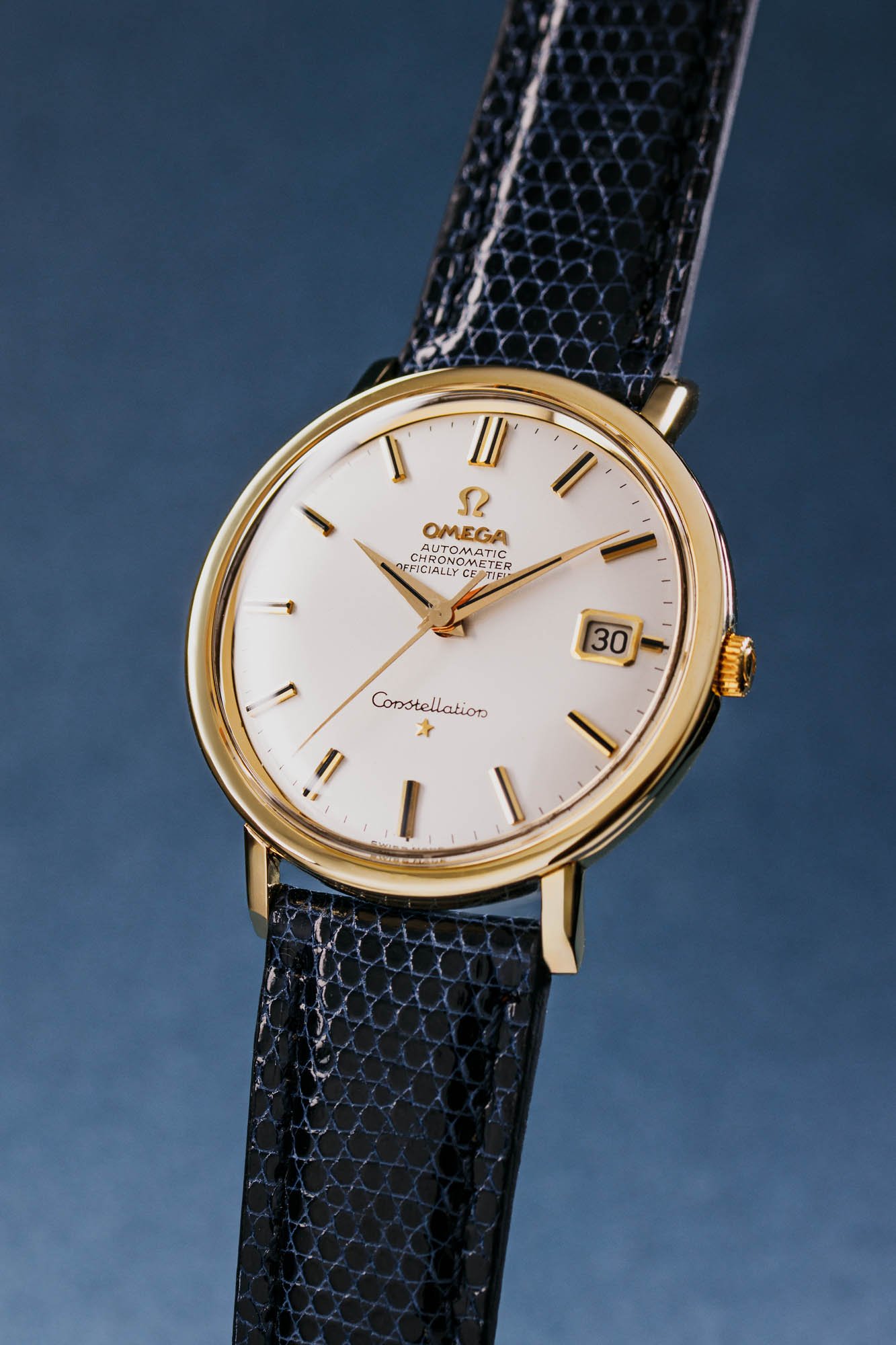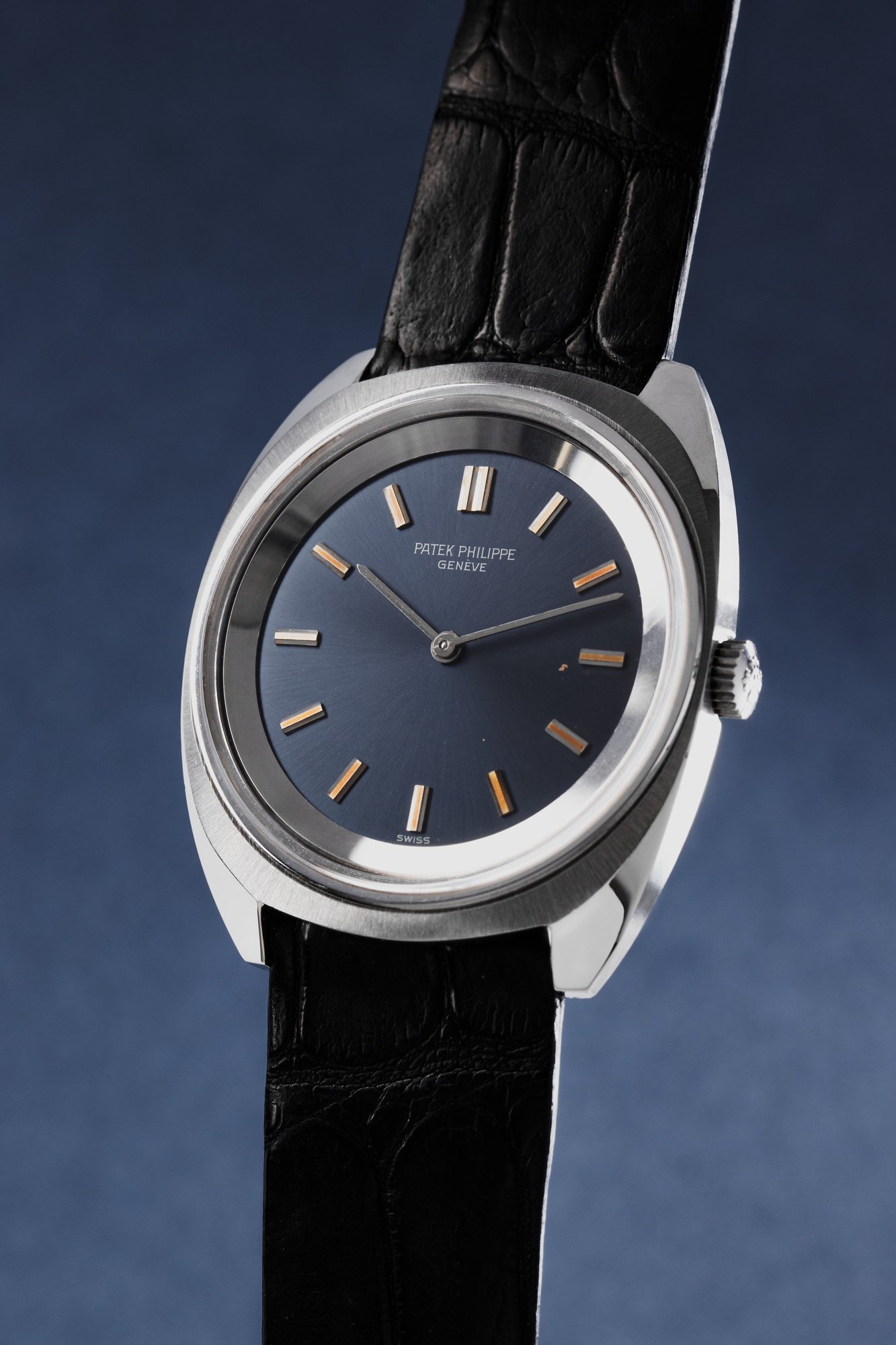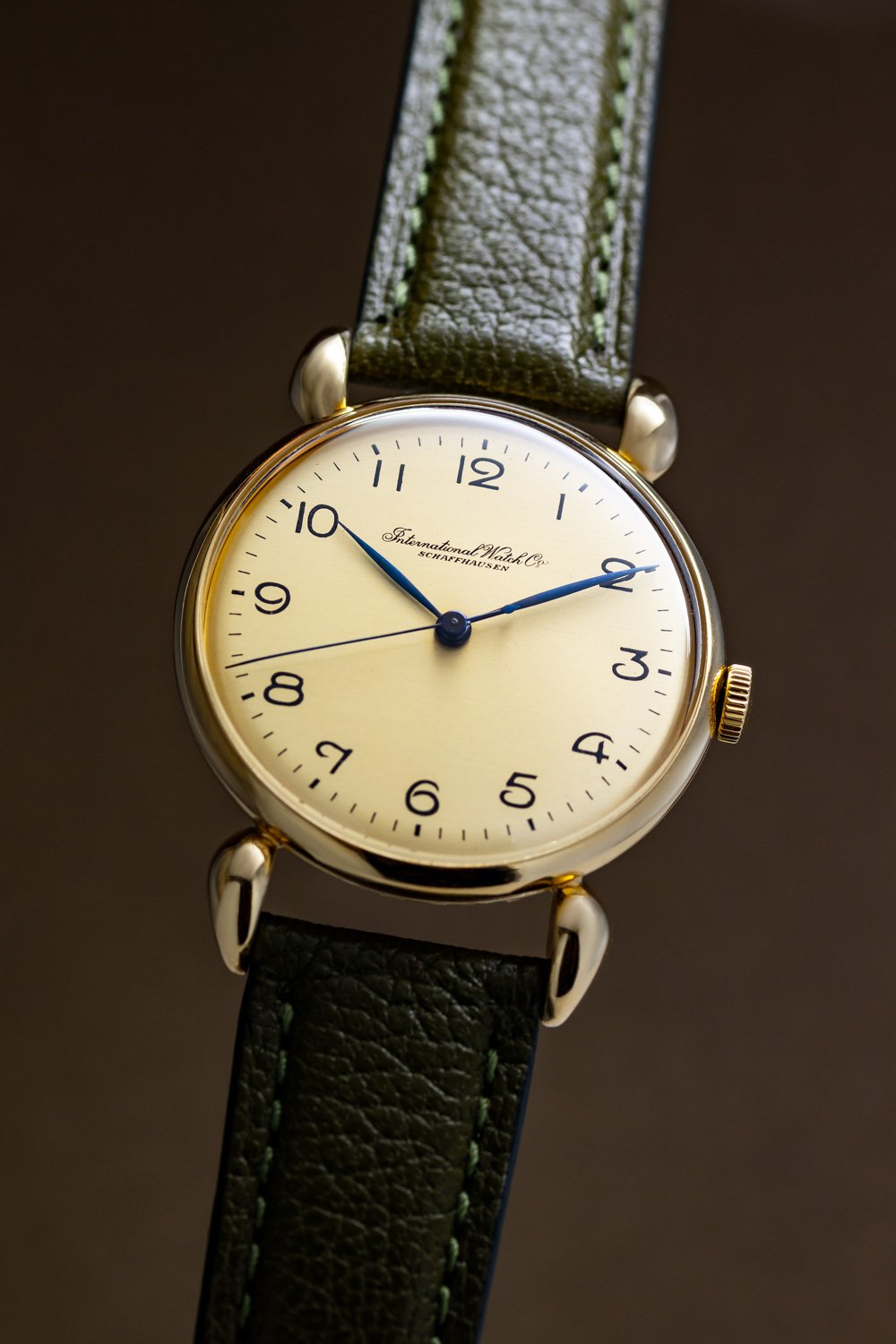How To Recognize When A Vintage Watch Was Made At A Glance
Today, we are doing Watch Dating 101, going over some basic techniques to help determine when a vintage watch was made. Of course, many watches can be dated through their serial numbers. But what if you just want to quickly guestimate a watch’s age? There are specific features and design cues that you can look for. I will try to cover the most reliable tells here.
For this article, I will assume that you do not know the specific timeline of the model you are looking at. Tons of model-specific developments are clearly linked to production periods. For instance, finding a quickset date on a 36mm Rolex Datejust means it is from the late ’70s or after. However, this requires model-specific knowledge, so it doesn’t work as a rule of thumb. This article is about broadly applicable rules of thumb, focusing primarily on the 1930s–1970s era. I will use primarily dressy watches as examples since they display the described features rather well.
Telling when a vintage watch was made by its lume
The first thing you can look at to determine when a vintage watch was made is its lume, if present. Watches used to be lumed with radium. This was banned in the USA in 1968 since its radioactivity posed safety problems. Many manufacturers switched to tritium around 1963. Tritium became the industry standard until the late ’90s saw the introduction of Luminova and similar compounds. If you can determine which of the three you are looking at, you have one rough indication — pre-1960s, 1960s to late ’90s, or late ’90s or younger.
So, how do you tell? Well, sometimes it is mentioned on the dial. Tritium-lumed dials tend to feature “T”, “T<25”, “3H”, or similar markings to clearly show that they are free of radium. If there is nothing like that present, there is a good chance that it is either radium or a modern compound.
You can also look at the color of the lume. Tritium tends to turn yellow over time, while radium typically ages more in pumpkin and brown hues. Modern compounds do not tend to age at all and usually remain white or pale green. These are generalizations with tons of exceptions, but they help provide a rough starting point. Radium also tends to damage the dial and hands over time. Its gamma radiation eats away at the lacquer. If a watch has sat unused for a long time, the radiation can even leave ghostly shadows on the dial of the lumed hands hovering above. You also sometimes see dials that have faded toward the center where the exposure to the hands is greater.
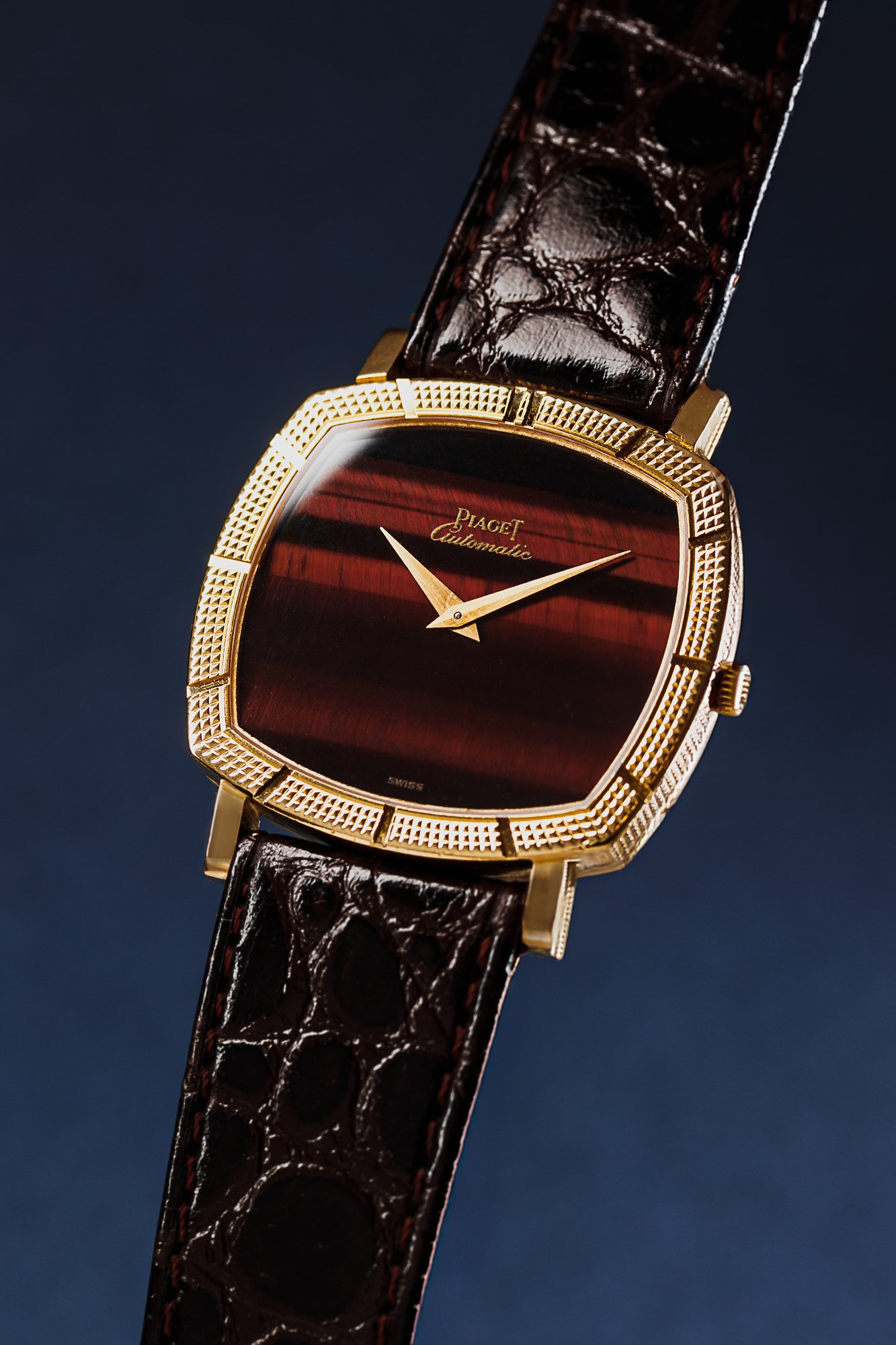
The hands are classical, but the tiger’s eye dial, modern font usage, and TV-shaped case clearly indicate the 1970s
Telling when a vintage watch was made by its hands
While we are on the topic of hands, it is worth looking at their shapes too. Of course, as time progressed, more styles entered watch designers’ collective “vocabulary,” so you can run into almost any style from any era. However, there have been trends that you can use to guestimate a watch’s age.
The 1940s, for instance, are characterized by cathedral hands, sword hands, syringe hands, and leaf hands. Those leaf hands remained in the 1950s, but dauphine hands gained massive popularity too. Things get simpler in the ’60s, with baton hands seeing heavy use.
As the 1970s came around, more manufacturers began experimenting with new shapes. This resulted in rounded forms and non-traditional handsets.
Telling when a vintage watch was made by its dial
Of course, a watch’s hands don’t stand alone. They are paired with a dial, which is yet another way to tell when a vintage was made. Again, I am generalizing quite heavily and crudely, but there are specific styles that you can associate with the different decades.
During the 1940s, for instance, a majority of dials still had printed numerals. Sector dials were also extremely popular. Then, in the 1950s, there was a surge in applied indices. Many are quite ornate, for instance, like the arrowhead indices in 1950s Omega Constellations.
Much like the hands, dials got simpler in the 1960s. Stick/baton indices were absolutely everywhere, resulting in a cleaner, more modern aesthetic. In the 1970s, we saw dial printing change. The typical pointy serifs were omitted more and more often in favor of simpler sans-serif fonts. Experimentation with finishes and materials also accelerated. Vignette dials, sunburst finishes, stone dials, and colors were in vogue. Be careful, though; these were already emerging in the 1960s.
Telling when a vintage watch was made by its case
The case can provide several clues as to when a vintage watch was made. For starters, there is the material. In the 1930s and 1940s, many watches had chrome-plated cases. Chrome plating endured in the 1950s, so if you have a case with flaking chrome, it is — again, generalizing — from the 1950s or earlier. Staybrite is another material that was particularly popular from the 1930s until the 1960s.
Lugs with fixed strap bars (aka “fixed lugs”) were popular during the 1940s. The 1950s saw most manufacturers switch to some kind of removable spring bar. Lugs tended to go from ornate to simple in the 1930s–1960s era. Classical cornes de vache (cow-horn) lugs are more likely to stem from the 1950s or before, while angular, slender lugs are more indicative of the 1960s. Similarly, very small crowns were in fashion on dress watches in the 1960s, partially because fewer relied on manual winding. The large but flat crowns that were common in the 1930s and 1940s largely disappeared in favor of more tubular crowns with smaller diameters.
Watchmakers used to mark water-resistant cases as “waterproof” until the late 1960s. As time progressed, that term gave way to “water resistant” as no case is fully waterproof. This is another element with very vague boundaries, but you are unlikely to find a “waterproof” watch from the 1970s.
Telling when a vintage watch was made by its movement
There are ways to tell when a vintage watch was made by looking at the movement too. For starters, automatic movements for wristwatches did not become mainstream until the 1950s. Although first patented by John Harwood in 1924, the vast majority of watches in the 1930s and 1940 continued to use hand-wound movements.
Many early automatic calibers were bumper autos. If you sway the watch back and forth, you may feel the rotor bumping into springs, limiting its rotation. This technology was largely abandoned in favor of freely rotating rotors around 1955.
Shock protection wasn’t very common until the 1950s. Incabloc shock protection was invented in the 1930s but did not gain mainstream adoption until quite a bit later. Such little technical details can help you narrow down when a vintage watch was made. A watch with a non-shock-protected bumper automatic movement is highly unlikely to hail from the ’60s.
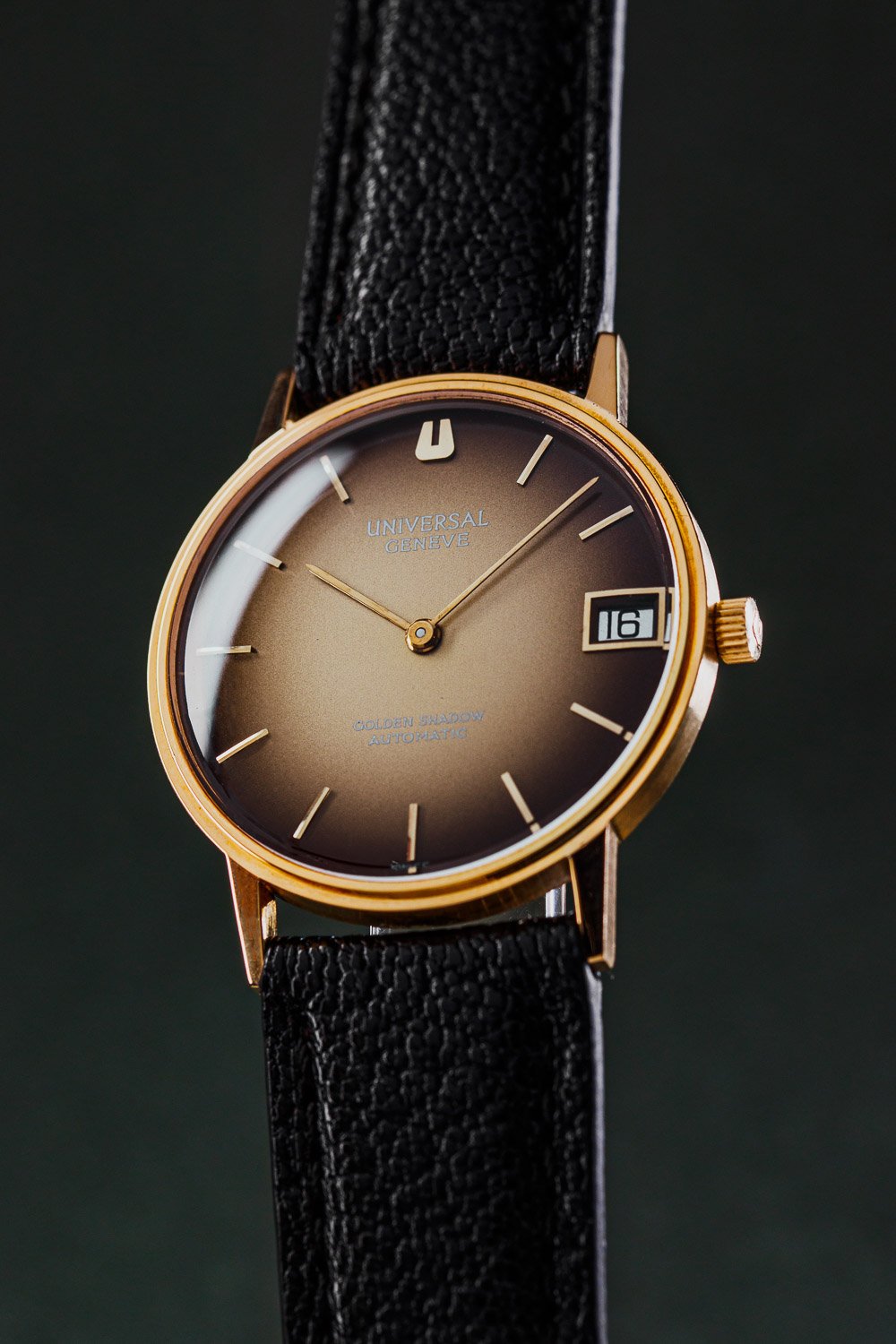
This watch could have been from the 1960s until you consider the brown vignette dial, which makes the 1970s more likely
Bringing it all together
As you can see, very few of the points above are absolute. Most of these things are merely rough indicators, and the stylistic ones tend to bleed over quite a lot. Additionally, my separating watches by decade is a rather arbitrary choice. It can, nonetheless, be useful to quickly make some informed guestimations if you want to know where to start a more detailed exploration.
The tells I shared above start making sense when you put them together. Once you start looking at the different elements and seeing what each can tell you about a vintage watch’s age, you can quite quickly form a decent rough idea. From there, you can apply more focused techniques. If, for instance, you guestimate you are looking at a 1960s Universal Genève watch, you can search for 1960s Universal Genève advertisements. Or you can filter for the era and brand on Chrono24 to see if you get similar results.
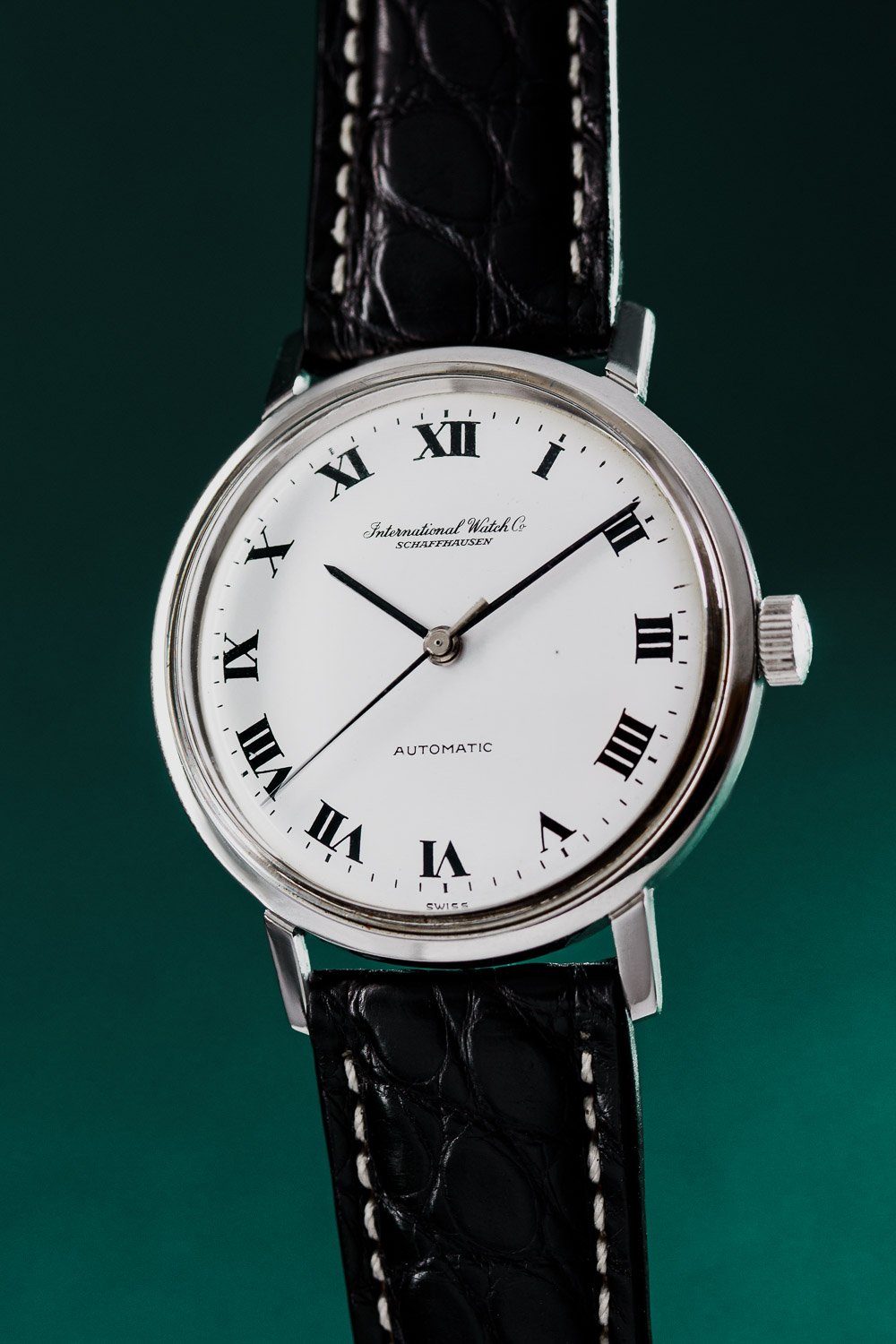
Slender and angular lugs, baton hands, a small crown, and automatic caliber — a recipe that points to the 1960s
Experience helps to automate the process. Once you’ve handled plenty of vintage watches, you start to recognize stylistic elements instinctively. Much like a classical music aficionado doesn’t say, “Ah, I hear a harpsichord, so it must be baroque or older,” at a certain point, you just know you’re hearing Scarlatti or a contemporary. But it does help to have such little anchors to get you started. As always, you have to get consciously competent before you get subconsciously competent.
Do you know other ways of telling when a vintage watch was made? Please do share them in the comments below!
A big thank you to my old colleagues at Amsterdam Watch Company — specifically, photographer Hilde von Bannisseht — for kindly providing the amazing photography for this article.

